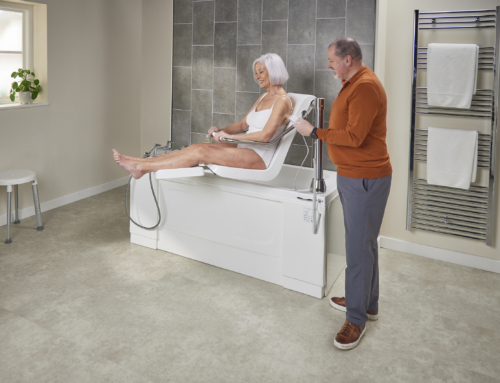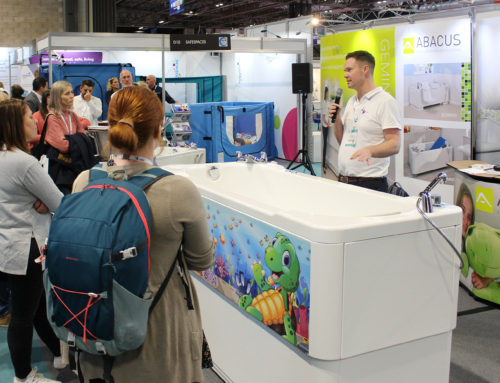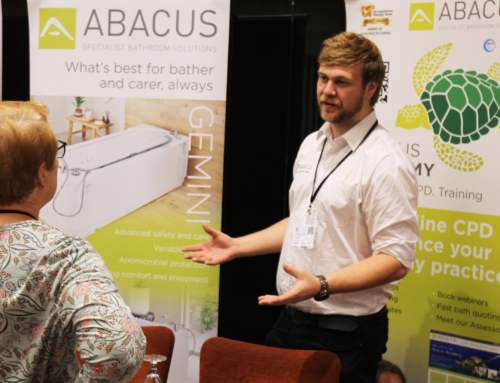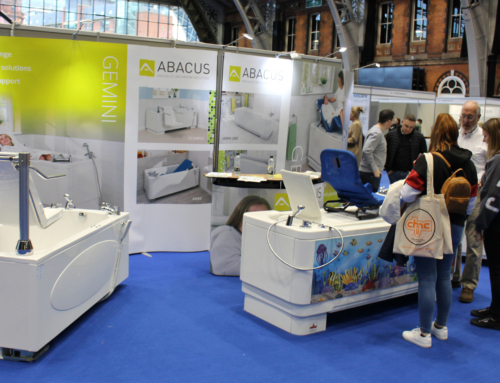Heating – Is it important?
Do we focus too much on motor impairments and the physical design of housing adaptations?
You may disagree, but we think occupational therapists in the UK focus too much on motor impairments and the physical design of housing adaptations, forgetting how we can also influence sensory and cognitive performance through our specifications and recommendations. However, the tide does seem to be turning.
This is probably thanks to those OTs who now work for institutes such as the DSDC (the world-renowned centre for design and dementia) and the Thomas Pocklington Foundation. This means we are now seeing more being published on the way design influences occupational performance for individuals with cognitive and sensory impairments. However, we believe heating is still an area that we overlook and so in this article we want to consider how heating is an important element of design.
You only need to look at the Office for National Statistics publication on excessive winter deaths (ONS 2014) to be aware of the link between temperature and health and well-being; A link that caused an additional 18,200 deaths in the winter months of 2013/14. Rather than death, we are interested in how temperature affects occupational performance rather than death. However, a quick search of the occupational therapy literature revealed, depressingly, that very little has been published on this. Yet anecdotally we are all able to recall someone we have worked with where temperature has had a significant impact on his or her ability to do the everyday activities they want, need, or aspire to do.
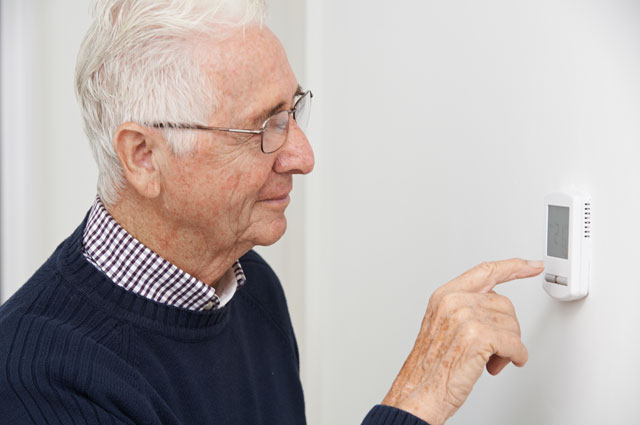
Whilst the occupational therapy literature reveals little on the subject of heating and temperature, we were able to find an article published 2002 from the field of ergonomics (Pilcher et al 2002). The article reported on a systematic review of the impact of worker’s performance from expose to extremes of temperature. The findings from paper are interesting. They suggest exposure to hot and cold temperature affects performance in different ways. For example, extreme cold makes tasks involving learning, reasoning, and memory more difficult to perform but they improve slightly when the environment is warmer. Whereas, an environment that is too hot has greater impact on tasks reliant on perception, reaction times, and calculation.
Another interesting outcome from the review was on the length of time exposed to the extremes of temperature. The article seems to suggest that performance improves the longer someone is exposed to the temperature. However, exposing someone to the temperature and allowing him or her to adjust prior to starting the task does not seem to improve initial performance.
Whilst it would be dangerous to translate directly these research findings into occupational therapy, it does raise some interesting arguments we could use when faced with having to justify the need for additional heating and ventilation. For example, we could possibly argue that heating can be used in different ways to enhance the person’s motor, sensory, cognitive, and communication skills thus reducing the amount of care they require.
We could not only use the medical benefits of maintaining a constant temperature throughout the home but highlight the positive impact it has on our ability to perform every day activities. These findings are also promising as an educational tool as it begins to provide evidence as to the positive impact the appropriate level of heating and the temperature it produces has on independence.
Yes, heating is important but because every individual is unique, we’ve deliberately not discussed the optimum type of heating system or temperature for carrying out activities of daily living (there is a link below for Age UK – advice on heating the home). Nevertheless, we hope you can now agree that they are important considerations in the design of housing adaptations and accessible bathroom. An appropriate temperature is essential to keep semi and non-ambulant bathers warm during the transfer, drying and changing process. An assistive bath such as an Abacus Gemini will include an integrated height-adjustable platform to speed up transfers in and out of the bath, however ensuring the bathroom is draught-free and an even temperature will ensure the bather remains comfortable.
However, as occupational therapists we do need to be carrying out more research to back up what we do. If nothing else, this article shows we currently lack the evidence base to demonstrate how design of the built environment can positively influencing occupational performance. Only when we build this evidence base will we finally have the robust arguments to support our recommendations and advice.
Links and references related to this article
http://www.pocklington-trust.org.uk/
http://www.ons.gov.uk/ons/dcp171778_387113.pdf
Pilcher, J. J., Nadler, E., & Busch, C. (2002). Effects of hot and cold temperature exposure on performance: a meta-analytic review.Ergonomics, 45(10), 682-698.



